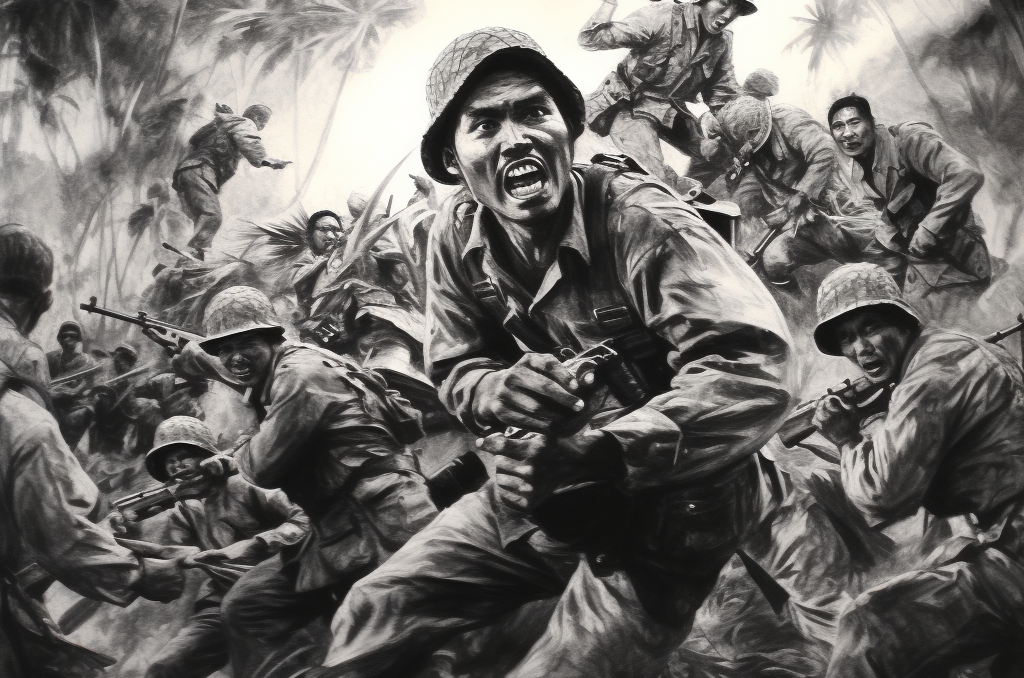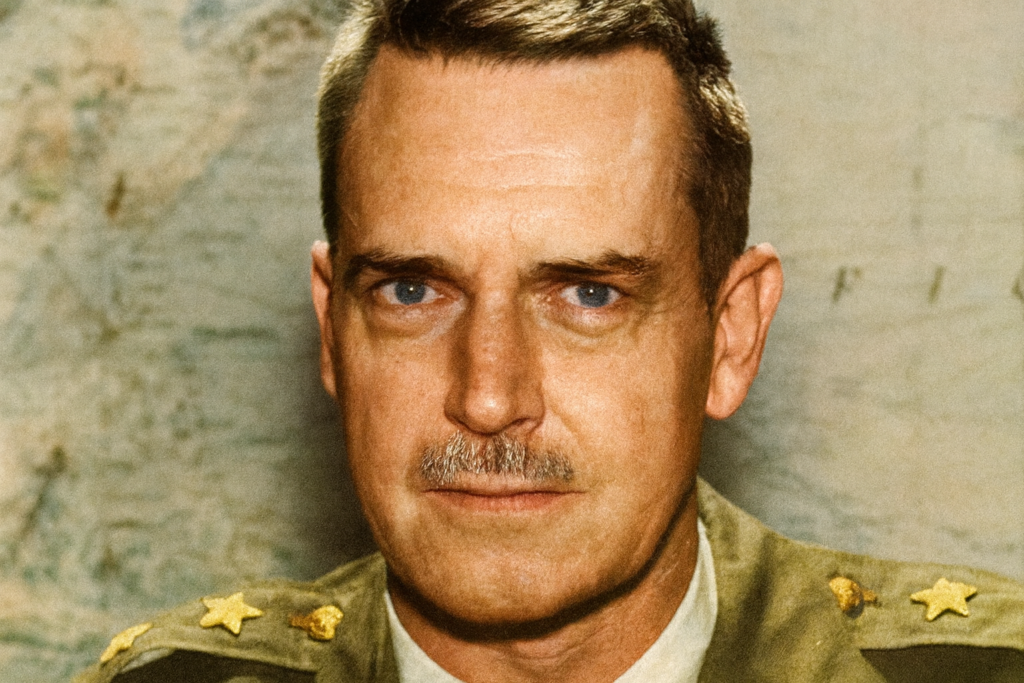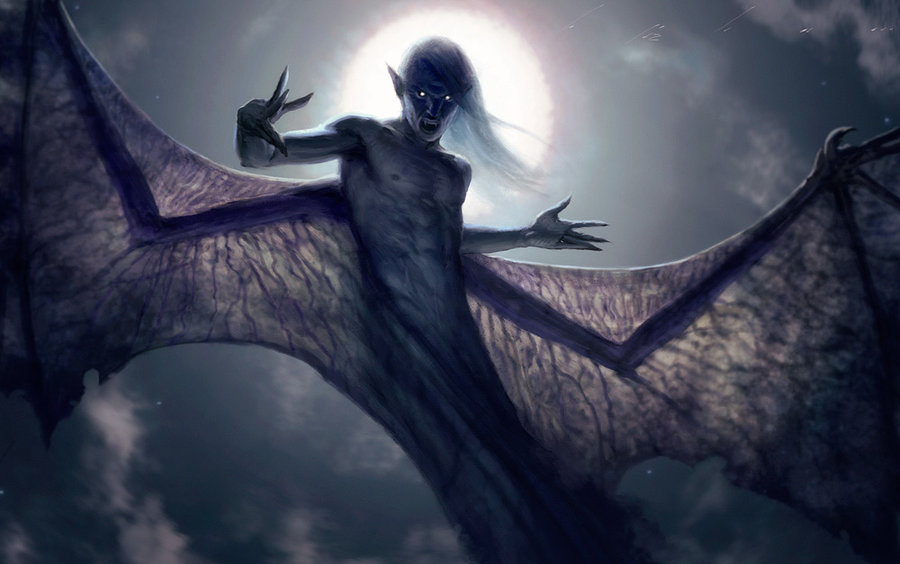To be clear, the U.S. military did not have an actual vampire in its arsenal. There was no secret alliance with Romania to use Count Dracula in combat. In the 1950s, Romania was part of the Eastern Bloc anyway, and it’s unlikely the count would have been able to escape from behind the Iron Curtain.

Psychological Operations Philippines Used Fear
Also, vampires aren’t real. But that’s the glory of psychological operations. The boogie men don’t have to be real; the enemy just has to think they’re real. That was the idea behind Lt. Col. Edward G. Lansdale’s plan to enlist vampires and ghosts to help subdue communist rebels in the Philippines in 1950.
At the time, former members of the anti-Japanese Hukbalahap resistance fighters were in arms against the postwar government of the Philippines in central Luzon. When World War II ended, the “Huks” (as they came to be known) were accused of being communists—and you know how the Cold War era felt about communists. The U.S. and Philippine forces hunted the Huks relentlessly.

Violence broke out almost immediately after the United States granted independence to the island nation. The reasons for that are complex, nuanced, and deeply rooted. But long story short, the peasant armies of Luzon were once again fighting an insurgency. The new Philippine government, however, didn’t realize they were fighting a battle-hardened militia who were used to guerrilla warfare, so they called upon the United States for help.
Psychological Operations Philippines Shaped Tactics
The U.S. would use the insurrection as a training ground for jungle warfare and counterinsurgency operations, both of which would come in handy in South Vietnam a few years later. When Lansdale arrived in-country, there was no end in sight for the Huk rebellion. The U.S. Army veteran, Air Force officer, and head of CIA paramilitary operations in the Philippines was about to change all that. But how could he undermine this popular, combat-tested force?

Before World War II, Lansdale worked in advertising, a background that was well-known to the CIA as “psychological warfare.” He assembled a team that investigated the superstitions of the Filipino peasants in the region to begin to turn hearts and minds against the Huks. He came up with a supernatural ally: the Asuang.
Asuang were mythical creatures in Filipino folklore. They were evil, shape-shifting creatures who could take on almost any form with only one goal in mind: feeding off humans. According to legend, the bloodsucking asuang takes the form of a beautiful woman, picking off stragglers in forests and jungles to drain them of their blood.
Lansdale began flooding the Huk-controlled countryside with rumors of asuang sightings. After the rumors circulated, the asuang struck.
Psychological Operations Philippines Showed Myth Power
Again, they weren’t actual vampires. Lansdale’s squad began silently ambushing members of Huk patrols, draining them of all their blood, and putting the bodies back on the trails. When the bloodless remains were found later, the Huk insurgents abandoned the area.
This, of course, did not end the Huk rebellion, but it helped the Philippine government gain ground in the area. Ending an insurgency is a much more time-intensive, complex process. The government eventually addressed the political reasons behind the rebellion as the more popular Huk leaders grew old or died. By 1954, the Huks returned to their regular, blood-filled lives.
Read About Other Military Myths and Legends
If you enjoyed learning about The U.S. Military’s Anti-Communist Vampire Allies, we invite you to read about other military myths and legends on our blog. You will also find military book reviews, veterans’ service reflections, famous military units and more on the TogetherWeServed.com blog. If you are a veteran, find your military buddies, view historic boot camp photos, build a printable military service plaque, and more on TogetherWeServed.com today.

0 Comments